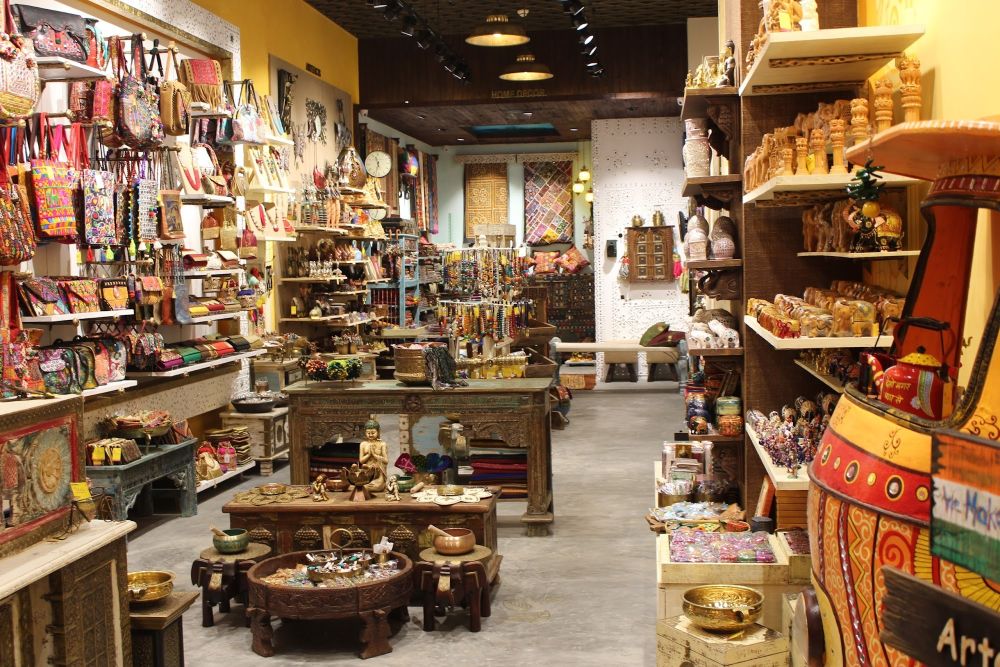

Tourism in Timor-Leste is a growing sector but relatively untapped when compared to other Southeast Asian nations. Following the country's independence from Indonesia in 2002, Timor-Leste has slowly but steadily been placing itself on the map as a unique destination for eco-tourism, cultural experiences, and historical exploration. The political instability that ensued after independence initially hindered tourism development, but progress has been made in ensuring stability, attracting adventurers and those interested in the rich history and culture of the country.
The allure of Timor-Leste lies in its pristine natural landscapes, comprising rugged mountains, dense tropical forests, and a stunning coastline. Furthermore, the cultural heritage, which includes ancient traditions, ceremonies, and crafts, is a major drawcard for tourists.
The town of Maliana, located near the border with Indonesia, is quieter on the tourism front compared to the capital, Dili, but holds its own charm through community craft shops. These shops are spearheaded by local artisans who are keen to preserve and promote Timorese culture. They provide visitors with a unique opportunity to engage directly with the culture and people of Timor-Leste. Offering a wide range of handmade goods such as traditional Tais cloth, wood carvings, ceramics, and basketry, these shops not only serve as a market for local crafts but also as a cultural exchange hub.
Visitors to the craft shops in Maliana can witness the intricate process of weaving Tais cloth, which is an integral component of Timorese identity and heritage. The patterns and designs woven into the Tais vary from region to region, each telling its own story.
Community-based tourism has become a significant trend in Timor-Leste. It focuses on sustainability and allows travelers to immerse themselves into local cultures and ways of life while contributing to the local economies. Through homestays, guided tours, and community-run initiatives, tourists can have authentic experiences while ensuring their spending supports local development.
Another emerging trend is eco-conscious travel. With the country's rich biodiversity, both on land and under the sea, Timor-Leste has the potential to become a hotspot for eco-tourism. There are initiatives in place to protect the environment and promote responsible travel to preserve the nation's natural beauty for years to come.
The future of tourism in Timor-Leste, including destinations like Maliana, appears promising as the country invests in infrastructure and marketing. Efforts to improve transportation, accommodation facilities, and promotional activities aim to increase the number of visitors and enhance their overall experience. The continuing development of niche markets such as cultural and eco-tourism presents an opportunity for sustainable growth in the tourism sector of Timor-Leste, fostering economic development while preserving the nation's environmental and cultural integrity.